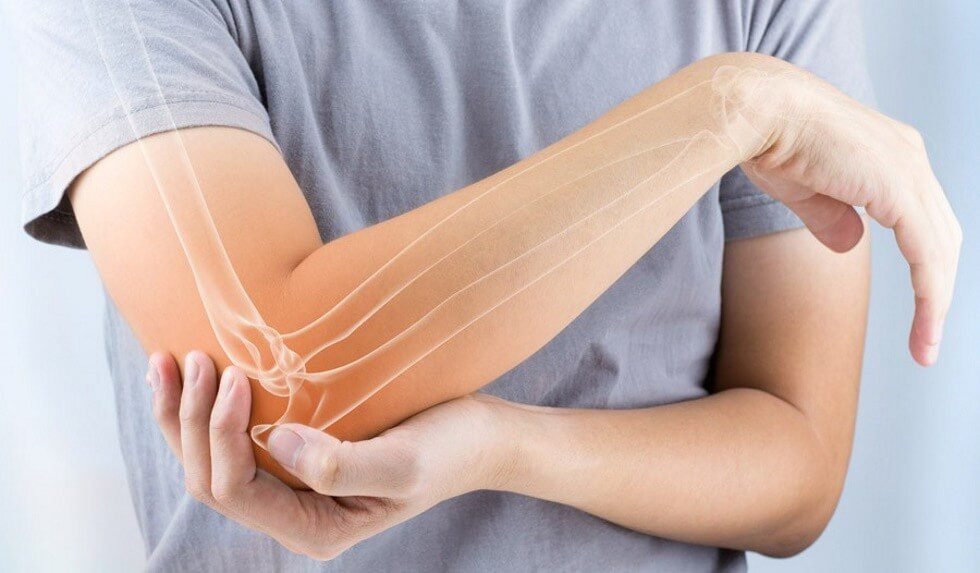Golfer’s Elbow
Golfer’s Elbow
Experiencing pain or tenderness on the inside of your elbow, especially after gripping, lifting, or repetitive arm movements? You could be dealing with Golfer’s Elbow (medial epicondylitis)—a condition caused by overuse or strain of the forearm muscles and tendons that attach to the inner elbow. At Theracave, we provide personalized physical therapy to treat Golfer’s Elbow by reducing inflammation, improving flexibility, and strengthening the surrounding muscles to promote long-term healing.
Golfer’s Elbow can affect anyone—not just athletes—and if left untreated, it can limit your ability to perform daily tasks or enjoy your favorite activities. At Theracave, we begin with a thorough assessment to pinpoint the source of your pain and create a targeted therapy plan. Through a combination of manual therapy, stretching, and progressive strengthening, we work to restore elbow function, reduce pain, and help you get back to pain-free movement with confidence.

Causes:
Symptoms
How Theracave Help Us?
Q&A
What is Golfer’s Elbow?
Golfer’s Elbow is a type of tendonitis that affects the tendons on the inner side of the elbow. It’s caused by overuse or strain of the forearm muscles used to grip, twist, and flex the wrist.
Is Golfer’s Elbow the same as Tennis Elbow?
No. While both are forms of elbow tendonitis, Golfer’s Elbow affects the inside of the elbow (medial side), while Tennis Elbow affects the outside (lateral side). They involve different muscle groups and movements.
Can physical therapy help Golfer’s Elbow?
Yes. Physical therapy is one of the most effective treatments. It includes stretching, strengthening, soft tissue release, and correcting faulty mechanics that contribute to overuse.
How long does it take to recover from Golfer’s Elbow?
Recovery time varies depending on the severity and how early treatment begins. Most people experience significant improvement within 6–8 weeks of consistent physical therapy and activity modification.
What Customers Are Saying
Our Process
How It Works?
Reach out to us via our online form or call to schedule an initial assessment.
Evaluation
Based on your unique needs, we develop a tailored therapy program.
Plan
Our professionals guide you through each session, focusing on effective rehabilitation.

